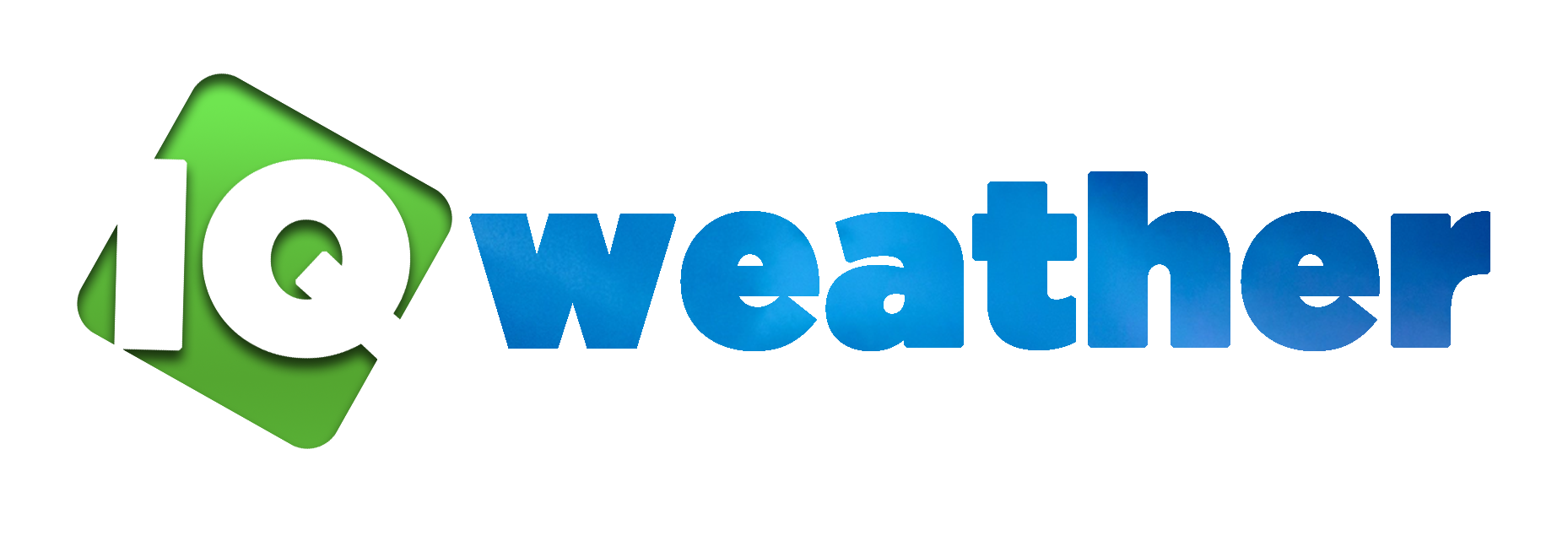IQ Weather Lessons 19 thru 20
LESSON 1 – WEATHER VS. CLIMATE
LESSON 2 – THE ATMOSPHERE AND THE WEATHER MACHINE
LESSON 11 – STORM CHASER INTERVIEW
LESSON 14 – OCEANS AND WEATHER
LESSON 18 SOLAR AND SPACE WEATHER
LESSON 19 NWS TOUR/BALLOON LAUNCH
EXPERIMENT 1 CLOUD IN A BOTTLE
EXPERIMENT 3 PRESSURE AND SEA LEVEL
EXPERIMENT 4 AIR EXPANSION AND CONTRACTION
EXPERIMENT 5 ATMOSPHERIC VAPOR PRESSURE
EXPERIMENT 6 CONVECTIVE CHEMICAL CLOUD
LESSON 19
NWS Balloon Launch
The National Weather Service office in Topeka, Kansas which is one of the 92 locations in the United States where a weather balloon is launched twice each day to collect important weather information from the upper atmosphere. Even though weather balloon technology dates back decades, it is still one of the best ways to collect important information about what is happening is the sky overhead!
IQ Weather takes you to an actual balloon launch to talk with the meteorologists who launch balloons, and to get some insight into how important this information can be to forecasters!
Why are weather balloons necessary?
How high do the balloons climb before they burst?
Why is it important to know what is happening so high in the sky?
LESSON 20
TV Weather
The weather segment of any newscast is always the most watched portion of the show. That has been the case for years, and continues to be true…since everyone wants to know what the weather will do…so they can plan ahead for a variety of things. But the high-tech weathercast you see on television today is a far cry from where it all began! This lesson takes a look at the history of TV weather and where it is heading in the future!
How long have television weathercasts been available to the public?
How was television weather different before there were computers?
What information is best provided by a television meteorologist? Why?

